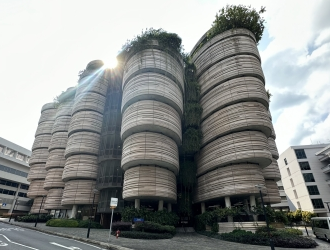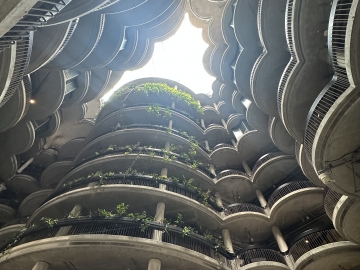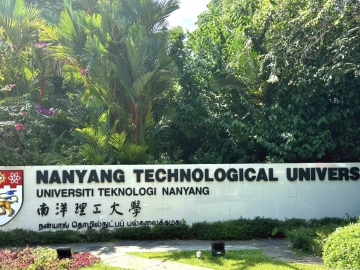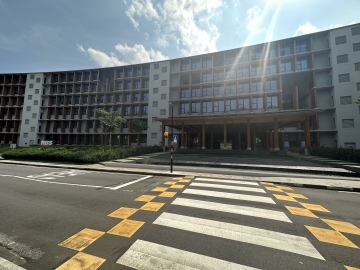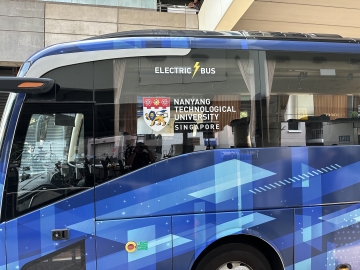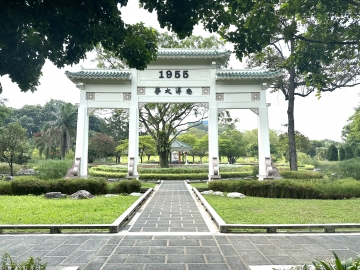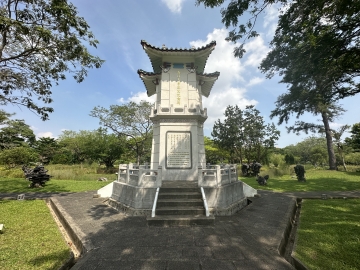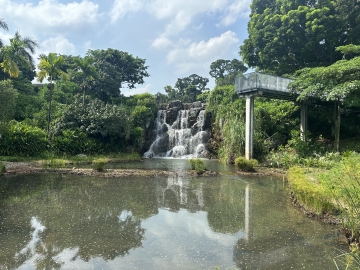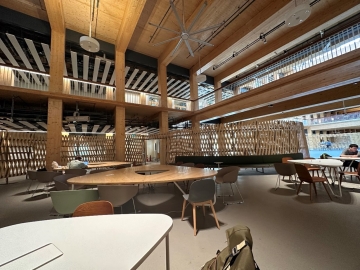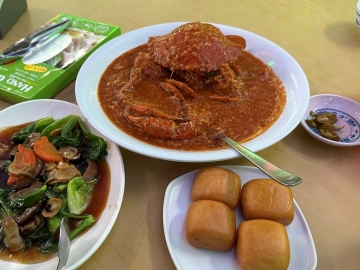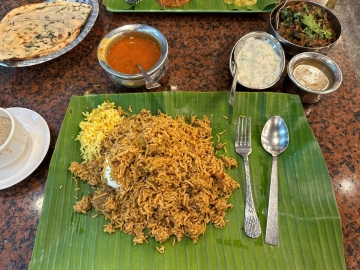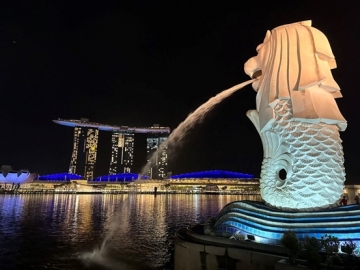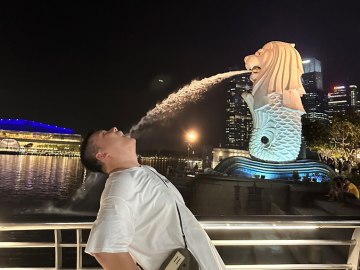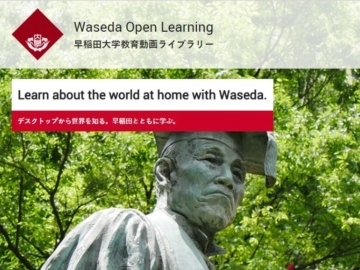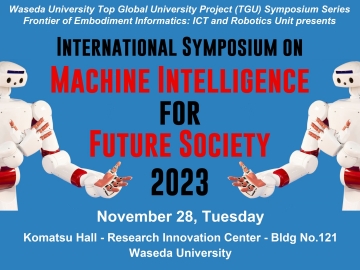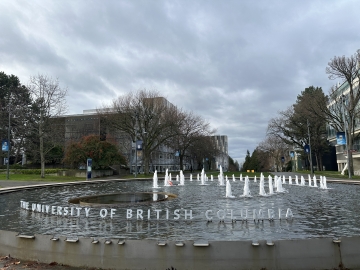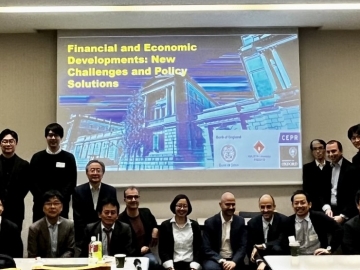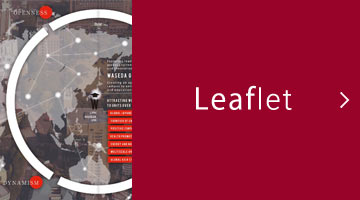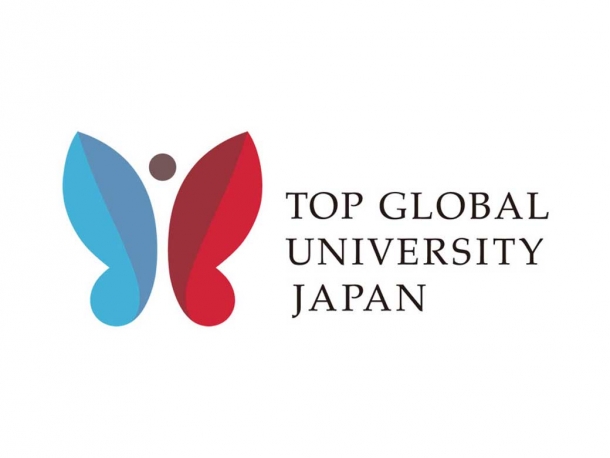Mi Boguang | 1st year master’s student, School of Creative Science and Engineering
- Visiting Period: September 2023
- Study Abroad University: Nanyang Technological University
- Country/Region: Singapore
Below is a study abroad experience report from Mi Boguang (1st year master’s student, School of Creative Science and Engineering), who was able to go to Singapore, to study at Nanyang Technological University. This study abroad experience was possible due to support from Waseda University’s Top Global University project “Waseda Goes Global”, referred to as TGU below.
Reason for wishing to study overseas
Recently, small robots that can enter gaps in the rubble have become increasingly important for the rapid rescue of victims of natural and man-made disasters. However, developing small robots that can be remotely operated requires high cost and power consumption. To address this challenge, Dr. Sato’s laboratory at Nanyang Technological University and Waseda University’s Umezu Laboratory are collaborating. We are working on the remote control of insects using electrodes and electronic backpacks implanted in the insects’ bodies. The purpose of this research is to achieve low cost and low power consumption, and to efficiently search and rescue victims trapped under rubble during disasters such as earthquakes and terrorist attacks. I joined the Umezu Laboratory in April 2023 and have been working on research related to insect cyborgs, but my research has not been progressing well due to unsuccessful experiments. Therefore, I decided to study abroad for a short period of time in the Sato Lab at Nanyang Technological University to learn techniques related to insect cyborgs.
- The Hive NTU
- Nanyang Technological University
Contents and Results of On-site Research
At the laboratory of Dr. Sato at Nanyang Technological University, I learned the techniques related to cyborgs directly from the researchers in that laboratory. We then conducted experiments on cyborgs every day and analyzed the experimental data. I mastered the technique of converting insects into cyborgs, and my ability to control insects has improved compared to before.
- Yunnan garden in NTU
School Environment
The atmosphere in the lab was very relaxed and the lab members were very friendly. When I first joined the lab, I had to go through various procedures and the lab members were eager to help me. In terms of research, the academic atmosphere was very academic, as I not only consulted with my peers who share the same research theme, but also interacted with members who are working on different themes.
- Desk where experiments are conducted
- Free working space
International Exchange
The lab members were from different countries, including China, Vietnam, Japan, and India, with different cultures and values, which was very interesting to me. In between research, I enjoyed spending time with two or three of my research colleagues at the Nanyang Technological University cafeteria or outside at restaurants, enjoying food from different countries and sharing our experiences and impressions.
- Singapore’s famous chili crab
- Indian food
Residential Environment
I stayed for one month in a shared house located about 30 minutes by train from Nanyang Technological University. The landlord of the share house was Chinese, and we occasionally shared meals with his family, were treated to fruits, and were kindly taken care of. Hiring a housekeeper is common in Singapore. During my one-month stay in Singapore, the housekeeper hired by my landlord cleaned my room and washed my clothes and shoes.
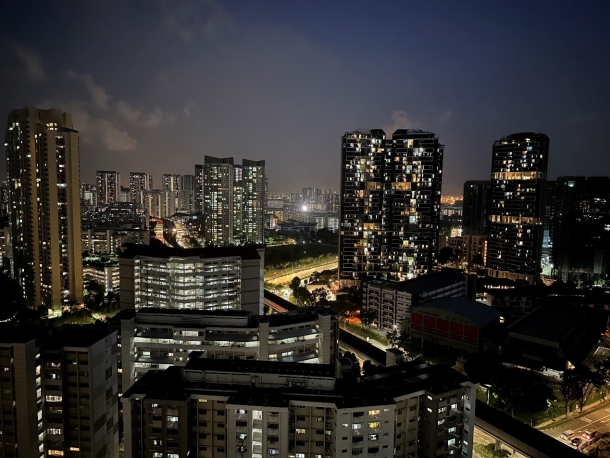
Night view of Singapore from the share house window
Surrounding Environment
As you exit Singapore’s Changi Airport, you are surrounded by stunning green spaces. Not only on both sides of the road, but everywhere in sight there is an abundance of vegetation, making it a veritable green paradise. Skyscrapers line the streets, and 40- and 50-story buildings are frequently seen. In Singapore, when using trains and buses, IC cards (common to all) are used to pay the fare by tapping the card on the ticket gate when boarding and alighting. People often take trains and buses that cover the whole city to get to their destination. For example, if you take a train and a bus to get from point A to point B, if it were a Japanese fare system, you would be charged separately for the train and the bus, starting from the initial fare for each, but in Singapore, when you make a connection within the rules, you are only charged a fee based on the total distance traveled for that itinerary. So, the public transportation fee, which is low to begin with, feels even lower.
- Merlion, the symbol of Singapore
- Merlion and me
Local Culture and Other Differences from Japan
Singapore is a diverse society with many different ethnic, cultural, and religious backgrounds, which is why festivals throughout the island are enjoyed by a wide range of people. For example, the vast Chinese community celebrates the New Year in February, while the Wesak Festival in May is a vibrant and colorful celebration for Singapore’s Buddhist community. Diwali in October/November is one of the most important days in the Hindu calendar.
There are also differences in dress. In Singapore, people tend to wear bright primary colors, such as red, yellow, blue, and orange. In contrast, in Japan, people are less likely to wear primary colors, and black, brown, gray, and white are the dominant colors, especially in winter.
Finally, in Singapore young women wearing more revealing clothing are common in public places, and couples making out on buses is also common, which makes it different from Japan.

Fireworks at the F1 race held during my stay
Future Goals after Studying Abroad
Through this one-month short-term study abroad program, I have learned a lot not only about research techniques, but also about self-awareness and future career paths. I feel that I have gained a deeper understanding of myself through dialogue with people from different backgrounds. I would like to interact with researchers from different countries at Nanyang Technological University and continue my efforts to pursue a successful future. To this end, I will continue to learn English, which is commonly used in research, and overcome the language barrier. I will systematically pursue my research and aim to achieve tangible results before I graduate from graduate school. Ultimately, I hope to use my expertise to contribute to society in the field of mechanics, either in Japan or elsewhere.

